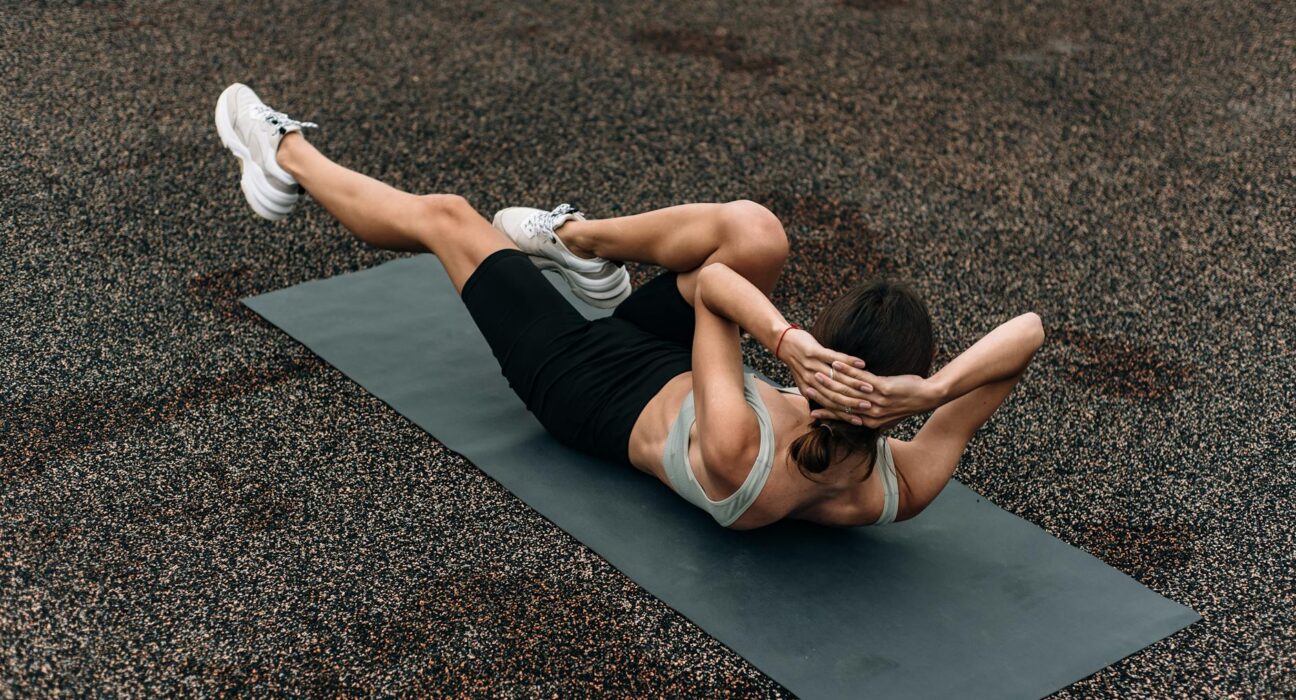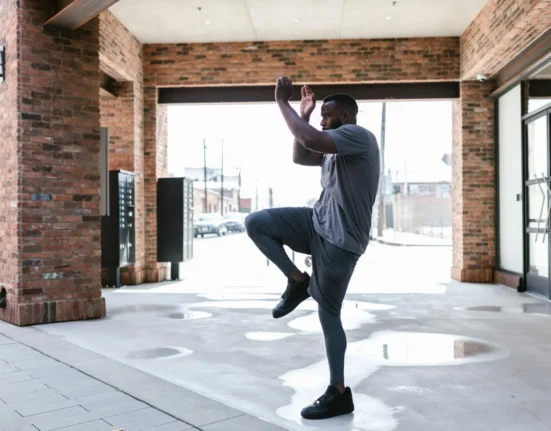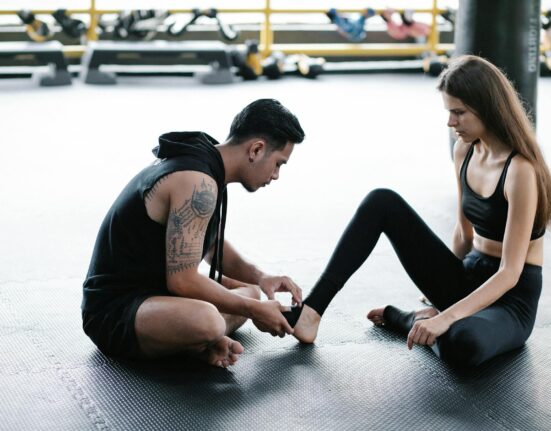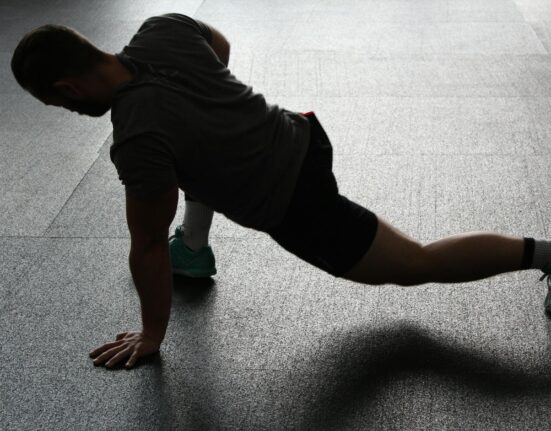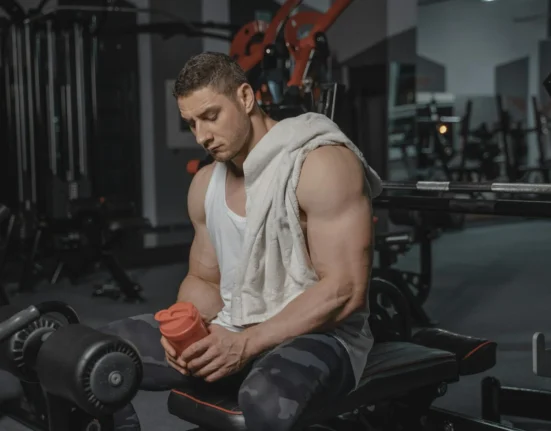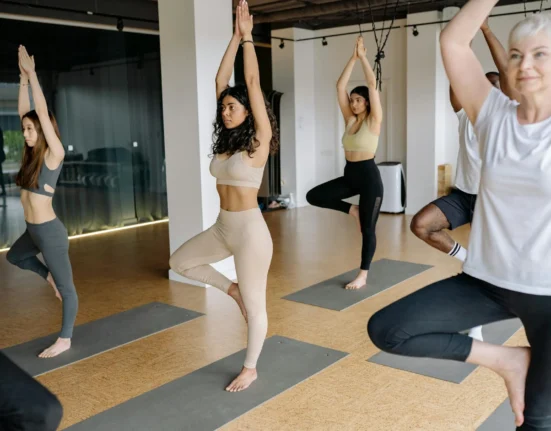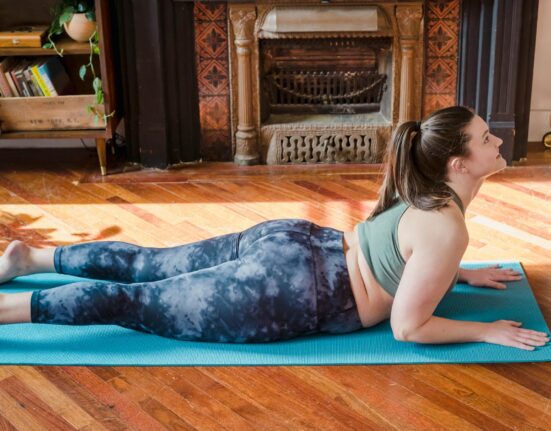A strong core powers more than any workout. It’s the steady foundation behind every lift at the gym, every sprint outdoors, and even the simple act of standing tall. Forget the old myth that endless crunches are the secret. Real, lasting core strength comes from a mix of dynamic moves that train the body as a whole, not just the abs.
Building and toning your core adds more than shape. It unlocks better posture, sharper balance, and freedom from nagging aches. No matter your fitness level, learning what truly works can help you move with more confidence every day.
The Core Explained: Beyond Abs
What comes to mind when you hear “core”? For most, it’s a six-pack or flat, defined abs. But the core is so much more than that one muscle group. Think of it as your body’s natural support system, the deep anchor holding your frame steady with every twist, reach, and breath. Understanding the true makeup of the core can unlock a new level of strength and confidence in your training.
More Than Just Abs: Muscles That Make Up the Core
The core is a team of muscles working together to brace and move your body. It’s not just about front-facing abs. Here’s what truly counts as your core:
- Rectus Abdominis
The “six-pack” muscl This muscle helps bring your chest toward your hips. - Obliques (Internal and External)
These run along the sides of your trunk. They control twisting and side-bending, plus help tighten your waistline. - Transverse Abdominis
The body’s built-in weight belt. This deep muscle wraps around your spine and acts like a brace, keeping your middle tight and steady. - Erector Spinae and Lower Back
These run up either side of your spine. They give your back the strength to lift, bend, and hold you upright. - Pelvic Floor
This hammock-shaped group of muscles supports your organs and helps power every lift, jump, or run. - Diaphragm
Often overlooked, your main breathing muscle links core strength with stability and breath control.
These muscles weave together to protect your spine, absorb shock, and allow for smooth movement in every direction. When any part of the system is weak, the rest works overtime and the risk of pain or injury grows.
Why a Complete Core Matters
A strong core is like the sturdy trunk of a tree. It keeps you upright and balanced while the limbs (arms and legs) do their work. Everyday actions—lifting groceries, climbing stairs, even just sitting—demand a stable core. Strength here means:
- Better balance and control during workouts and daily life
- Less back pain from stronger support around the spine
- Improved power in sports, from running to swimming
- Easier, pain-free movement long term
Toning or building the entire core pays off far beyond looks. The deep and side muscles, not just the front, often make the biggest difference. Training the complete core system means stronger movement, better posture, and a body ready for anything.
Top Bodyweight Moves for Core Strength
A rock-solid core doesn’t need fancy machines or a gym membership. You can build real strength with just your body weight and a bit of space. These classic moves not only chisel your core from every angle but also teach your muscles to work together, just as they do in everyday life. Here are the standout bodyweight exercises for a stronger, more stable core.
Plank: The Core Powerhouse
The plank is simple in design, yet it targets your whole core, from the deepest ab muscles to your shoulders and glutes. Imagine trying to hold your body as straight and still as a board. That tension is exactly what builds core strength.
How to do it:
- Plant your forearms on the ground, elbows under shoulders.
- Keep your legs straight with toes dug in.
- Squeeze your glutes and brace your core, creating a straight line from head to heels.
- Hold without dropping your hips or raising your rear.
Tips for good form:
- Press through your forearms and keep your head neutral.
- Pull your belly button up to help engage the deep core.
- Start with 10–20 seconds, then work up to 1 minute or more for a bigger challenge.
Make it easier: Drop your knees to the ground but keep a straight line from shoulders to knees.
Make it harder: Try plank shoulder taps or lift one foot at a time for extra balance work.
Side Plank: Unmatched Oblique Builder
The side plank shines when it comes to working the side of your midsection. It targets obliques, hips, and even your shoulders.
How to do it:
- Start on your side, elbow under your shoulder and legs stacked.
- Lift your hips so your body forms a straight line from head to feet.
- Hold your top arm up or place it on your hip.
Tips for good form:
- Keep your chin tucked and hips high.
- Press the bottom hip upwards, not just forward.
- Don’t let your shoulders roll forward or back.
Easier version: Drop the lower knee for support while keeping hips up.
Harder version: Raise the top leg or do slow rotations (thread the needle) to light up your obliques.
Dead Bug: Deep Core Activation
The dead bug looks easy but works your deep stabilizing muscles. Your job is to resist letting your back arch as you move your arms and legs, locking the spine in a safe position.
How to do it:
- Lie on your back with arms straight above your chest and legs bent, knees over hips.
- Slowly lower your right arm and left leg toward the floor, keeping your back pressed to the ground.
- Return to the start and switch sides.
Tips for good form:
- Move slow and deliberate.
- Keep your ribs tucked and core braced throughout.
- If your back arches, lift your leg higher.
Easier option: Just move arms or legs, not both together.
Harder option: Hold a light weight or stretch the move out for longer counts.
Mountain Climbers: Core Meets Cardio
Mountain climbers bring your heart rate up while firing up the whole core, especially the lower abs. It’s a dynamic move that blends stability with speed.
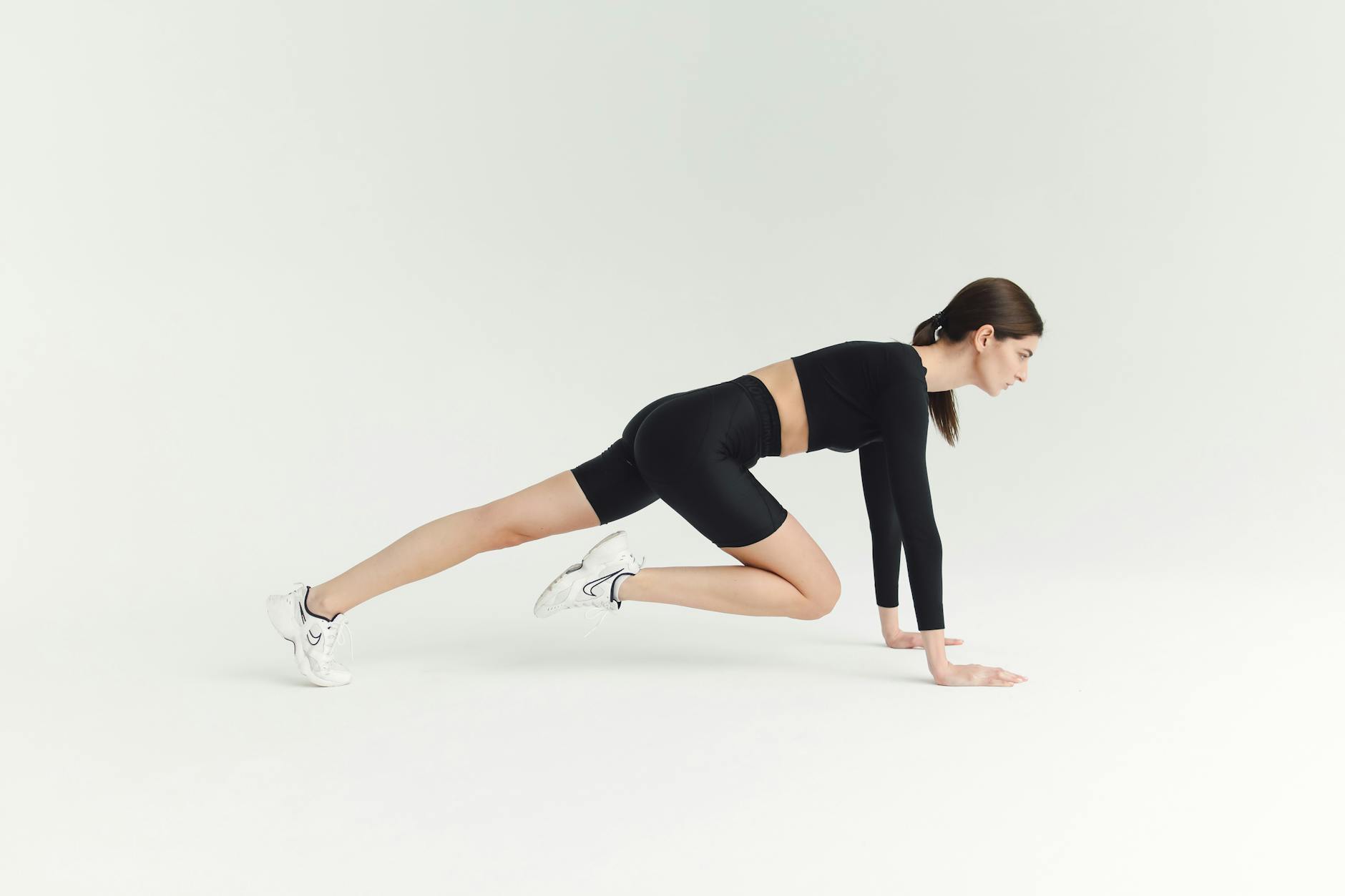 Photo by Polina Tankilevitch
Photo by Polina Tankilevitch
How to do it:
- Start in a high plank with hands under shoulders and body straight.
- Pull your right knee toward your chest then switch, running your feet back and forth.
Tips for good form:
- Keep hips low and core tight.
- Land softly and move with control, no bouncing or sagging.
- Focus on speed after nailing the movement.
Easier version: Move slower or step the knees in one at a time.
Harder version: Pick up the speed or do cross-body mountain climbers to engage the obliques.
Bird Dog: Stability from Head to Toe
Bird dog is a balancing act that asks your entire core, glutes, and even your shoulders to work together. It teaches your body to balance strength and control, which carries over to every sport and daily movement.
How to do it:
- Start on all fours with hands under shoulders and knees under hips.
- Extend your right arm out front and your left leg back, forming one line from fingers to toes.
- Hold for a second, squeezing your core, then return and switch sides.
Tips for good form:
- Keep your hips and shoulders square to the ground.
- Don’t let your back sag or round.
- Reach long through both ends.
Easier option: Keep toes and fingers on the floor as you move.
Harder option: Add a pause at the top or touch opposite knee and elbow under the body before switching sides.
Mastering these bodyweight moves not only strengthens your core but also brings your whole body into better balance. Mixing easier and tougher versions helps you build confidence and see progress as you go.
Adding Resistance: Challenging Your Core With Weights
Building a strong core isn’t just about bodyweight moves. When you add resistance, you teach your muscles to handle real-world demands. Weighted exercises make your body work harder, spark more muscle growth, and keep your routines fresh. If you want a toned, powerful core that stands up to every challenge, weighted work is your next move.
Think about Russian twists with a plate, weighted sit-ups, or farmer’s carries—they all fire up deep muscle fibers that regular crunches miss. These moves teach your core to brace, rotate, and support heavy loads, just like in daily life. Resistance creates bigger muscle gains and puts your stability to the test, so form matters more than ever.
How to Safely Progress With Resistance
Adding weight to core training helps you break plateaus and feel real progress, but it’s easy to go too fast. Use these best practices to step up your challenge, avoid injury, and level up when you’re ready.
- Start with Light Weights: Begin with resistance that keeps your form clean for every rep. Good choices include a light dumbbell, medicine ball, or even a gallon of water.
- Perfect Technique First: Before adding pounds, lock in your posture and control. For moves like Russian twists or weighted sit-ups, your lower back should never arch away from the floor. Upright moves like farmer’s carries demand straight shoulders, engaged abs, and steady steps.
- Increase Challenge Gradually: Once you can complete all reps with ease, add small amounts of weight—about 2 to 5 pounds at a time. You can also add extra rounds before making the load heavier.
- Watch for Warning Signs: Red flags include pain in your lower back, neck, or joints, or losing control during the movement. When this happens, lower the resistance and focus on technique.
- Mix Up the Moves: Use a variety of exercises for balanced gains. Try a circuit with:
- Weighted Russian twists: Sit on the floor, hold a light plate, and twist side-to-side.
- Weighted sit-ups: Clutch a weight at your chest as you roll up and down with control.
- Farmer’s carries: Grab two dumbbells, stand tall, and walk slow, keeping your core engaged.
Weight work isn’t just about how much you can lift—it’s about how well you can stabilize and move. Challenge yourself, but do it with a game plan and attention to how your body feels each session. These habits keep you safe, strong, and progressing with every workout.

Photo by RDNE Stock project
Creating a Sustainable Core Routine
A strong core will serve you best if your training lasts longer than a quick burst of New Year’s motivation. The key isn’t just what exercises you do, but how you build a steady routine you can stick with week after week. A well-balanced schedule lights a spark—but real results stick around because you build habits, not just muscles.

Photo by Ron Lach
Building a Weekly Core Schedule
Whether you’re new to training or looking to take things up a notch, planning your week helps you stay on track. Consistency always trumps a single hard session. Here’s a sample schedule that fits around most lives:
- Beginner
2-3 days per week
Start with 10-15 minutes per session. Aim for basic exercises like planks, side planks, dead bugs, or bird dogs. Rest a day between workouts. - Intermediate
3-4 days per week
Sessions can run 15-25 minutes. Add weighted moves, mix in dynamic exercises like mountain climbers. Try some circuits for variety. - Advanced
4-5 days per week
Train for 20-30 minutes per session. Rotate between bodyweight and weighted moves. Add anti-rotation and stability work (think single-arm carries or resistance band chops).
Sample Week Layout:
- Monday: Core + cardio
- Tuesday: Rest or light stretching
- Wednesday: Core + upper body
- Thursday: Rest or gentle yoga
- Friday: Core + lower body
- Saturday: Rest or brisk walk
- Sunday: Optional short core routine or full recovery
Mixing strength days with recovery keeps you fresh and avoids burnout. Your body gets stronger with smart rest.
How Much Time to Commit
Making time for core work should feel manageable, not like another stressor. You don’t need hours—short, focused bursts are best. Aim for:
- 10-30 minutes per session
- Quality beats quantity: move slow, control each exercise, focus on good form
- Build up as you gain confidence, squeezing in a few extra reps or another set
Think of core sessions like brushing your teeth. A small investment each day brings a big return over time.
Tracking Progress for Motivation
Progress is about more than visible abs. Tracking tiny wins keeps you engaged and focused. Try these easy methods:
- Reps and Sets: Write down how many reps, sets, or seconds you held each exercise. Watch these numbers climb as you get stronger.
- Photos: Snap a quick selfie every few weeks—but focus on posture, not just definition.
- Feel: Tune in to changes. Are you standing taller? Less stiff after sitting? Getting up from the floor easier?
- Add Challenges: Once moves get easy, add a tougher version, more weight, or longer holds. Small steps over time make the biggest difference.
Celebrate every milestone—holding a plank longer or hitting your target number of sessions. These little victories are fuel to keep going.
Consistency, Recovery, and Listening to Your Body
The best core routine is the one you actually stick with. Consistency is built on habits. Pair your workout with a daily event, like after your morning coffee or before showering at night.
But remember, muscles need recovery to grow. Rest days are not a setback. They are where your body bounces back stronger. Shorten sessions if you’re tired or sore. Swap high-intensity moves for simple stretches or foam rolling.
If something feels wrong—pain, sharp discomfort, or new aches—pause and check your form or take an extra day off. Steady progress, not perfection, shapes a powerful core for life.
With the right plan, you can build strength where it counts and carry those gains into everything you do.
Conclusion
A strong core is your secret weapon for almost every task in life, whether you’re lifting a grocery bag or sitting up tall at your desk. It brings better balance, fewer aches, and the kind of energy that comes from moving with confidence. Even five minutes today can plant a seed for lasting change.
Start with one or two moves from this guide, then grow your routine as you feel stronger. The real win comes from small efforts added up over time, not from chasing perfection.
Keep showing up, and notice the difference in how your body feels and moves. Thank you for joining me on this journey—now, it’s your turn. Share your progress, ask a friend to join you, or leave a comment about your favorite core exercise. Your path to a steadier, pain-free future starts with one steady step.


